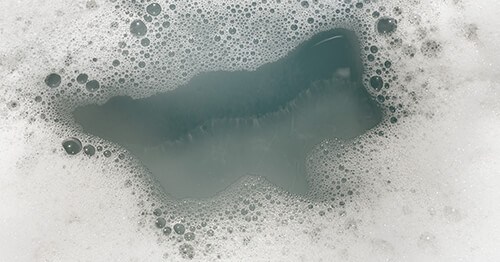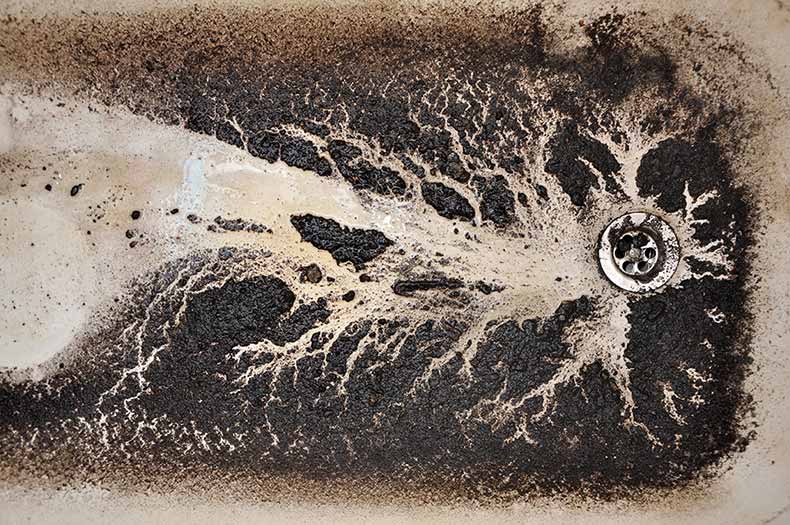The article on the next paragraphs pertaining to What to Do if Sewage Starts Coming Up Through Your Bathtub is incredibly captivating. Read on and make your own personal final thoughts.

Sewage back-up in the bathtub can be a distressing and unhygienic trouble for any type of house owner. Not only is it inconvenient, but it likewise positions major health and wellness dangers and suggests underlying problems with the plumbing system. Comprehending why sewer is turning up with the bath tub is crucial for taking proper activity to resolve the issue effectively.
Intro to the Concern
Comprehending the Issue
When sewer draws back up right into the bath tub, it's a clear indication of a trouble with the water drainage system. The wastewater that ought to be streaming far from your home is rather locating its back right into your home, which can bring about considerable damage and health hazards.
Potential Reasons
Numerous factors can contribute to sewer back-up in the bath tub. From blockages in the sewer line to issues with the plumbing facilities, recognizing the source is important for locating a remedy.
Typical Factors for Sewage Back-up
Blockages in the Sewer Line
One of one of the most typical reasons for sewer backup is a clog in the drain line. This can take place due to the accumulation of debris, grease, or international items in the pipelines, preventing proper circulation and causing sewer to support into your bathtub.
Tree Root Breach
Tree origins looking for moisture and nutrients can infiltrate sewer lines with tiny fractures or joints. With time, these roots can grow and expand, creating substantial damage to the pipes and causing sewage backup concerns.
Aging Facilities
Older homes may have dated plumbing systems that are much more prone to deterioration, fractures, and wear and tear. As pipes age, they become more prone to leaks and clogs, raising the possibility of sewage back-up incidents.
Heavy Rainfall or Flooding
Throughout durations of heavy rainfall or flooding, the drain system may become overwhelmed with excess water, creating back-ups and overflows. This can result in sewer backing up into bathtubs and other components inside the home.
Health And Wellness Risks Related To Sewer Back-up
Contamination of Water
Sewer back-up can infect the water system in your home, posturing a significant health risk to you and your family members. Direct exposure to contaminated water can bring about intestinal issues, skin infections, and various other diseases.
Spread of Disease
Sewer has unsafe bacteria, viruses, and bloodsuckers that can create a series of illness, including hepatitis, cholera, and gastroenteritis. Entering contact with sewer or contaminated surface areas puts you at risk of infection.
Mold and mildew Development
Moisture from sewer back-up can develop perfect problems for mold and mildew growth in your house. Mold spores can aggravate respiratory problems and create allergies in sensitive people, making punctual cleaning necessary.
Indications of Sewer Backup
Foul Odors
Unpleasant smells rising from drains or components, particularly in the washroom, might indicate sewage back-up problems. These smells are commonly solid and consistent, signaling an issue that requires prompt interest.
Slow Draining Fixtures
Bath tubs, sinks, and toilets that drain slowly or not whatsoever could be experiencing sewer back-up. If multiple components are affected at the same time, it's likely that the concern stems from a typical factor, such as the main sewer line.
Gurgling Noises
Unusual gurgling or bubbling noises coming from drains pipes when water is running somewhere else in the house are a sign of air trapped in the plumbing system. This air build-up can result from sewage back-up and ought to be explored promptly.
Immediate Actions to Take
Turning Off Water
In case of sewer back-up, it's vital to turn off the water system to prevent additional contamination and damages. Situate the major water shutoff valve in your home and closed it off till the issue can be dealt with.
Getting In Touch With an Expert Plumber
Managing sewer backup is not a do it yourself task. Contact a certified plumber with experience in managing sewage-related problems to evaluate the scenario and do needed repair work or cleanups.
Preventing Contact with Contaminated Water
Until the sewage back-up is solved, avoid contact with contaminated water to avoid the spread of microorganisms and virus. Put on safety equipment if you must remain in the affected location and clean your hands completely afterward.
Preventive Measures
Routine Maintenance of Sewage System Lines
Set up regular evaluations and upkeep of your sewage system lines to determine and deal with potential issues before they escalate into major problems. This can consist of cleaning particles, checking for tree origin breach, and repairing any broken pipes.
Installing Bayou Shutoffs
Take into consideration installing backwater valves in your plumbing system to avoid sewer from flowing back right into your home during durations of heavy rainfall or flooding. These shutoffs instantly close when water starts backing up, protecting your building from contamination.
Appropriate Disposal of Home Waste
Stay clear of purging anything aside from toilet tissue and human waste down the commode to stop obstructions and clogs in the sewage system line. Dispose of grease, oil, and other household chemicals appropriately to lessen the risk of plumbing problems.
Cleaning Up After Sewage Back-up
Disinfection Procedures
Completely disinfect and disinfect influenced locations after sewage backup to get rid of unsafe microorganisms and avoid mold growth. Use proper cleaning products and safety equipment to make sure safe and efficient cleanup.
Remediation of Influenced Areas
Repair any kind of damage to floor covering, wall surfaces, or fixtures triggered by sewer back-up. Depending upon the degree of the damage, you might need to replace carpeting, drywall, or other products to recover your home to its pre-loss condition.
Why Is Water Backing Up in My Bathtub When I Flush My Toilet?
What to do about a sewer line clog
First, don’t bother with plunging. No amount of plunging will dislodge the clog in a sewer line. The clog is too far away. Plungers are for clogs in the toilet itself, not the sewer line. Plus, the most likely causes of a sewer clog are:
Tree roots Flushed toys or feminine products Grease buildup Those items don’t move easily. And in the case of tree roots, the roots need to be cut out of the pipe and the pipe will need to be repaired.
You’ll need a closet auger. A closet auger is a type of plumber’s snake with a protective cover to keep from scratching the delicate porcelain toilet. If the clog is further down, you may need to remove the toilet or use one of your cleanouts to get to the clog.
We also recommend doing a video inspection of the drain to ensure that the cause of the clog has been completely removed. Otherwise, you could have the same problem again in a few days or weeks.
https://mspplumbingheatingair.com/blog/why-is-water-backing-up-in-my-bathtub-when-i-flush-my-toilet

I'm very interested in Why is Sewage Backing Up Into My Bathtub? and I hope you appreciated the new blog entry. Sharing is caring. You never know, you may very well be doing someone a favor. Thanks so much for taking the time to read it.
Customer Reviews